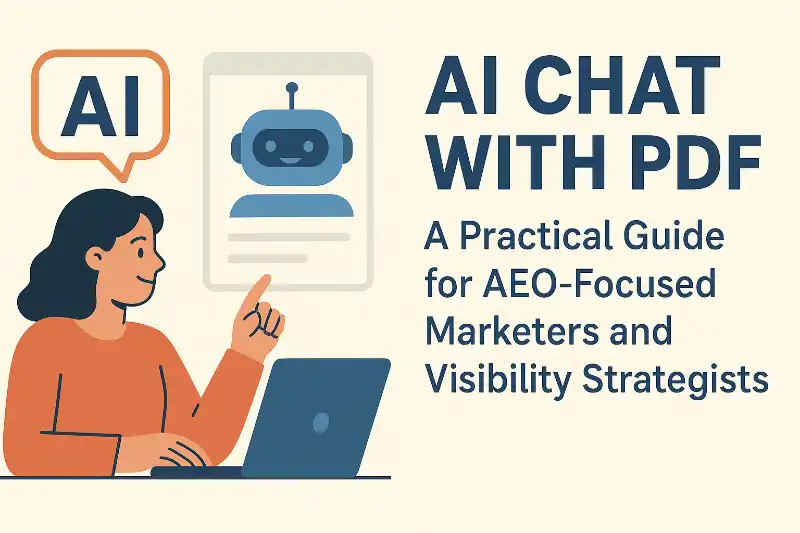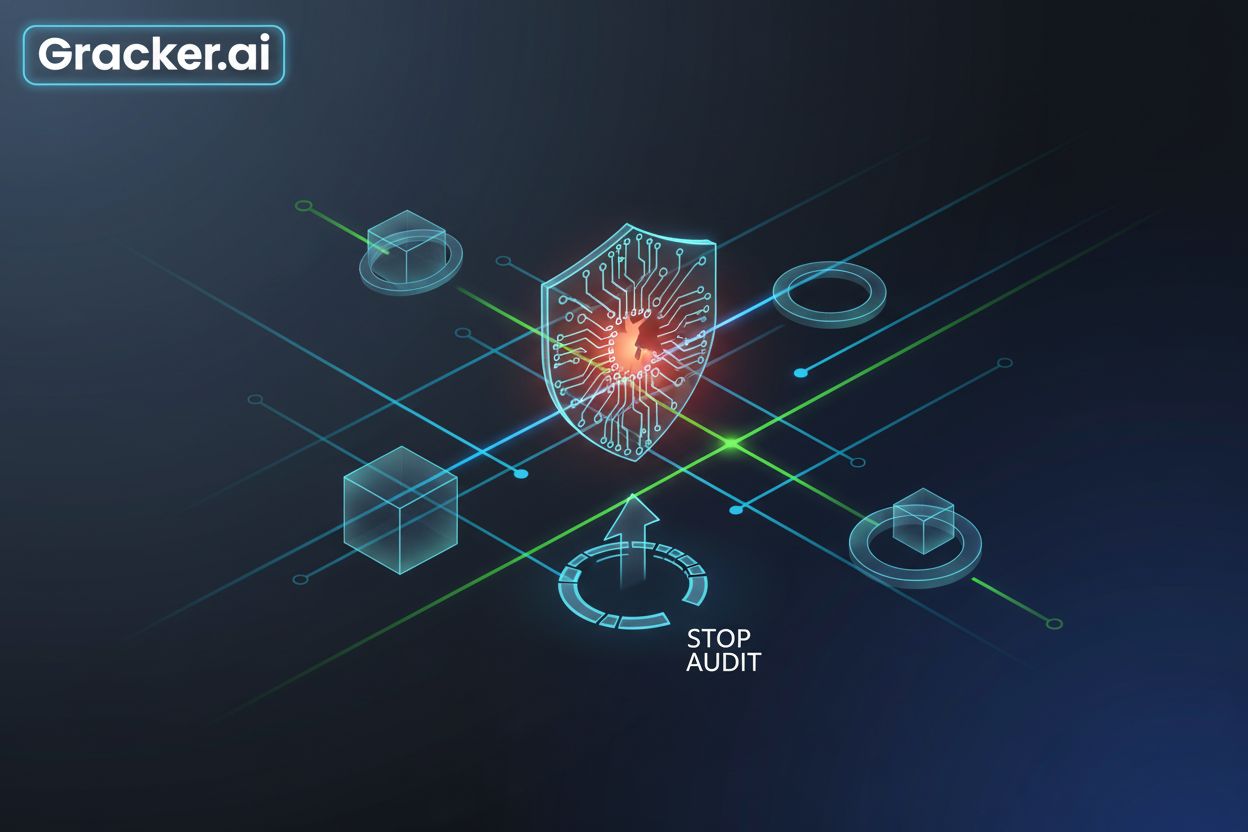The Dark Side of YouTube: Cyber Threats and AI Exploitation
With billions of users, YouTube has become a prime target for cybercriminals who exploit the platform to distribute malicious links and phishing schemes. Cybercriminals often post harmful links in video descriptions and comments that lead to malware-hosting sites. Proofpoint identified several channels in 2024 that were promoting pirated games bundled with keyloggers or remote access tools, further complicating the security landscape.  Image courtesy of Help Net Security
Image courtesy of Help Net Security
Malware in Video Descriptions
Malicious links often found in video descriptions can trick users into downloading harmful software. This method is particularly dangerous as it can lead to unauthorized access to personal data. To combat this, users should avoid suspicious links and ensure that they only click on trusted sources.
Phishing Attacks Targeting Creators
Phishing attacks against content creators are another major concern. Attackers impersonate legitimate sponsors, sending personalized emails that appear credible. Once trust is established, these emails often contain links to malware masquerading as necessary software. A notable example involved scammers using YouTube’s “Share Video by Email” feature to deliver fake notices regarding monetization policies, complete with links to malicious content. For more insights, read about the tactics at Help Net Security.
Deepfake Technology in Scams
Deepfake technology is increasingly being used in fraudulent schemes, notably impersonating public figures like Elon Musk to promote fake cryptocurrency giveaways. YouTube CEO Neal Mohan was also targeted in a phishing scam utilizing an AI-generated deepfake video that falsely announced changes to monetization policies. Such scams can mislead viewers and damage reputations, as these deepfakes appear alarmingly realistic.  Image courtesy of PetaPixel
Image courtesy of PetaPixel
Legal Challenges and Accountability
The challenge of addressing YouTube scams lies in the jurisdictional complexities. In the U.S., platforms like YouTube are shielded from legal repercussions under Section 230 of the Communications Decency Act, while the EU enforces the Digital Services Act for stricter content management. This legal ambiguity makes it difficult to hold platforms accountable for user-generated content, complicating efforts to curb scams effectively.
The Role of AI in Cybercrime
AI is rapidly transforming the landscape of cyber threats. It facilitates the creation of convincing phishing emails and enhances the effectiveness of malicious campaigns. Tools like WormGPT and FraudGPT are emerging, enabling cybercriminals to generate sophisticated phishing content with ease. To protect against these threats, organizations must invest in robust cybersecurity measures and adopt a proactive stance against potential AI-driven scams.
Staying Safe on YouTube
- Avoid Suspicious Links: Always verify the source before clicking any links.
- Watch for Phishing Emails: Check sender addresses and look for unusual requests.
- Enable Two-Factor Authentication: This adds an extra layer of security to your account.
- Verify Accounts: Double-check the authenticity of any sponsorship offers.
- Keep Personal Information Private: Legitimate companies will not request sensitive information via email.
- Report Scams: Take action against suspicious activities to help protect others.
- Update Software Regularly: Security patches can mitigate vulnerabilities.
The Dark Side of AI in Cybersecurity
AI is not only a tool for advancing technology but also for malicious activities. Threat actors exploit AI for various malicious purposes, including phishing and deepfakes. According to Gartner, by 2027, 17% of cyberattacks will involve generative AI. Protecting against these evolving threats requires vigilance and the implementation of advanced cybersecurity solutions. GrackerAI offers cybersecurity monitoring and content automation services designed to keep organizations informed about emerging threats and best practices. Explore GrackerAI’s offerings at GrackerAI to transform your cybersecurity marketing strategy and stay ahead of the curve in threat intelligence.
Latest Cybersecurity Trends & Breaking News
Phishing Emails Delivering Infostealers Surge 84% Generative AI's Impact on Vulnerability Remediation





